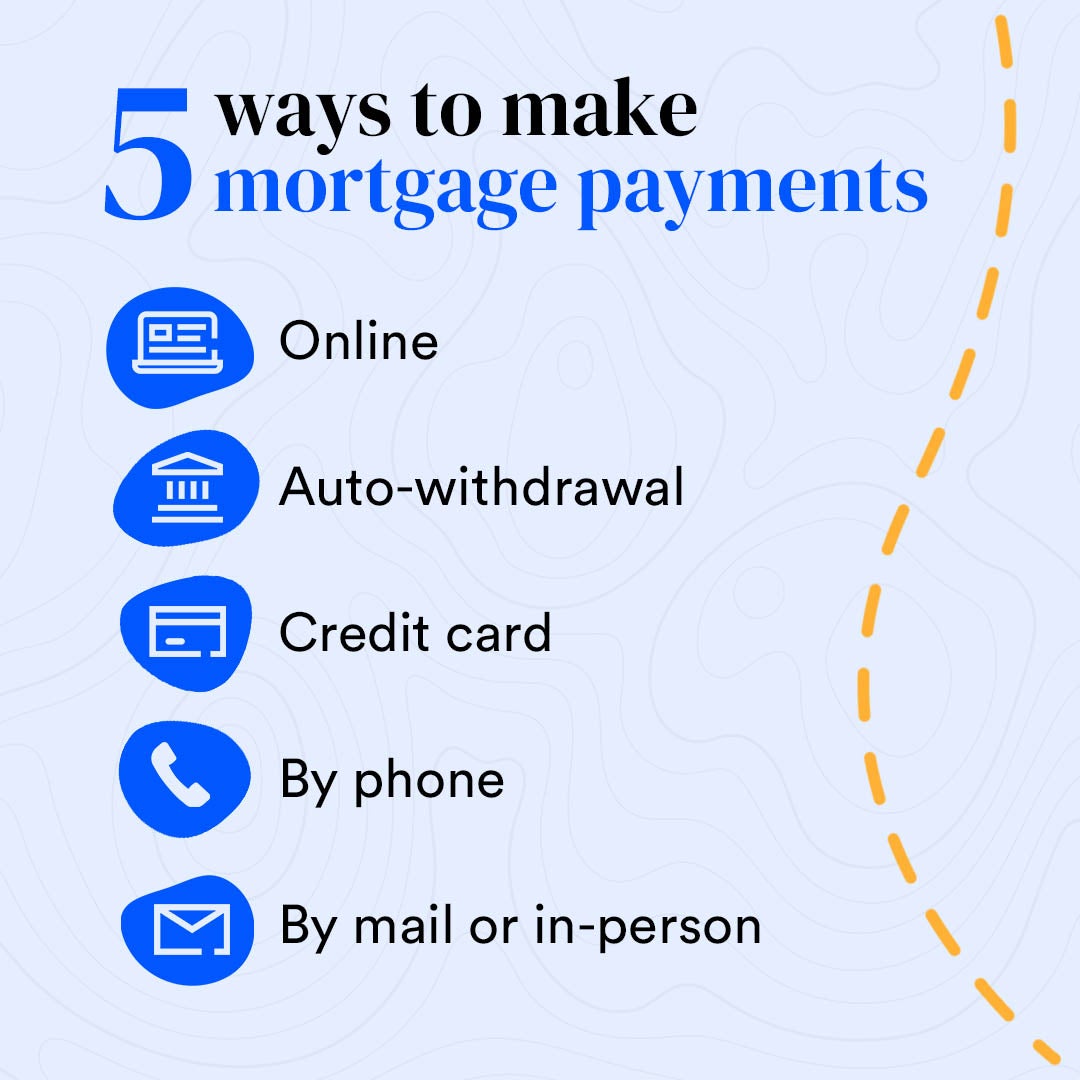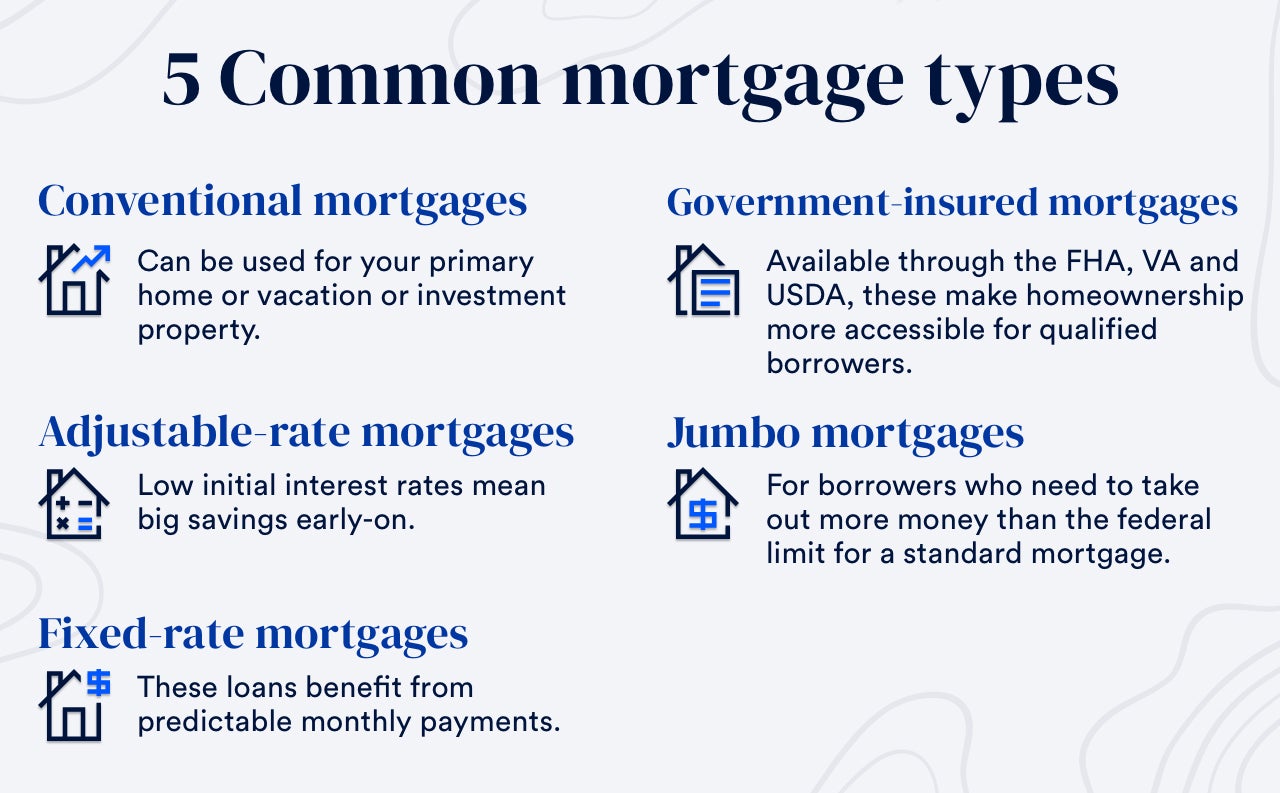Maintenance disputes that emerge after the death of a borrower often expose that loans must not have actually been released in the first place. U.S.A. TODAY's analysis of reverse home mortgage financing patterns and foreclosures discovered clusters in African American city communities evidence of predatory practices, according to market guard dogs (how did clinton allow blacks to get mortgages easier). The work was a partnership with Grand Valley State University, with support from the McGraw Center for Business Journalism.
Department of Housing and Urban Development has mandated more powerful monetary evaluations of elders prior to a loan is provided. Latoya Gatewood-Young was shocked to learn there were five people on the title to her grandpa's house, which has been in her family for a century. Jasper wesley financial bbb Colt, USA TODAYWhen Gatewood-Young's grandfather died in 2016, the household was amazed to find that his rural Maryland home on 10 acres had a reverse mortgage lien versus it. In many cases, the beneficiaries may choose to deed the residential or commercial property back to the lending institution, meaning the successors launch the property to the lending institution and the lending institution ends up being the new owner. Although this must be scheduled for scenarios where there is no excess equity left, it is a viable means to prevent foreclosure and for the beneficiaries to ignore the residential or commercial property without any more monetary obligations.
These are backed and insured by the FHA and managed by the U.S. Department of Real Estate and Urban Advancement (HUD). Government-backed loans supply benefits created to protect borrowers, enduring partners, and their beneficiaries. Furthermore, HECM reverse home mortgages are non-recourse loans, indicating a lending institution can not seek recourse Great post to read versus other properties for payment.


In summary, if a co-borrowing spouse or heir acquires a house with a reverse home loan, they will never owe more than the home deserves and they will never ever be pushed into offering their assets to cover the financial obligation. If they offer the house for read more more than the balance of the reverse mortgage, they can keep the remaining equity as earnings.
When a liked one passes away, life can feel chaotic. By taking a look at the typical timeline of a reverse home loan after death, you and your family can get ready for how to settle your affairs and decrease confusion later on. A loan servicer sends out a condolence letter normally within 30 days of the death of the last making it through borrower.
Successors will get 6 months' time to choose how to continue. During this time, interest on the loan balance continues to accrue and regular monthly insurance coverage premiums need to be paid, so it's within the successor's best interest to act rapidly when dealing with a reverse mortgage after death. If necessary, the estate may request up to two 90-day extensions, based on HUD's approval.
How Does The Trump Tax Plan Affect Housing Mortgages - The Facts
After this time, the loan might go into default and a servicer may begin the foreclosure treatments on a reverse home loan property. According to the National Reverse Mortgage Lenders Association (NRMLA), a servicer might initiate foreclosure on a reverse home loan after death if: The initial Due and Payable notice is ignored The house has not sold after the 90-day extensions have actually ended The borrower has no beneficiaries If successors are actively working to organize funding or sell the house to satisfy a reverse home mortgage after the owner dies, the foreclosure may be delayed.
Talking about how to prepare for life after death can be uneasy for some households, but by ensuring you and your loved ones are gotten ready for what follows, you can enjoy life together to its fullestwith less tension in the future. If you're still unsure about how a reverse mortgage works and would like clarification on this form of funding, do not think twice to get in touch with a valuable member of our GoodLife team who will enjoy to address your questions or click on the link below.
If you get a Home Equity Conversion Home Mortgage (HECM) the most common kind of reverse mortgagethe loan becomes due and payable under particular scenarios, like when you die. Your successors will then have numerous alternatives for handling that debt. They can: settle the reverse home loan and keep the house offer the house and use the profits to pay off the reverse home loan debt provide the home to the lending institution, or let the loan provider foreclose.
HECMs are nonrecourse, which suggests that the lending institution can't get a shortage judgment after a foreclosure or deed in lieu of foreclosure. In a regular mortgage loan, the borrower gets a lump amount from the loan provider and makes month-to-month payments towards paying the money back, plus interest. With a reverse home loan, rather of getting an in advance amount that the borrower has to pay back progressively, the debtor normally gets regular payments, approximately the maximum loan amount.
A reverse mortgage can likewise can be found in a lump sum. The borrower needs to pay the loan back unless and up until specified occasions happen, like when the customer dies and the residential or commercial property is not the principal residence of at least one surviving debtor. Prior to getting a reverse home loan, you need to completely understand how they work, and find out the threats and requirements related to them.
After the debtor passes away and the home is not the principal house of a minimum of one making it through borrower, the beneficiaries can handle the debt in one of the following four ways. With a HECM, under HUD regulations and guidelines, the successors might keep the house by paying the home mortgage balance or 95% of the current appraised worth of the residential or commercial property, whichever is less.
The Definitive Guide to Why Do Banks Make So Much From Mortgages
With a HECM, successors may sell the home for the lesser of the loan balance or 95% of the appraised value of the house. The beneficiaries can transfer the title to the home to the loan provider with a deed in lieu of foreclosure. Giving the residential or commercial property to the lending institution will satisfy the financial obligation and avoid a foreclosure. what banks give mortgages without tax returns.
( To find out more, see Nolo's article Foreclosure of Reverse Home Mortgages.) HECMs are nonrecourse, which means that the loan provider can't get a shortage judgment after a foreclosure or deed in lieu of foreclosure. Similarly, if the successors settle the loan or sell the home, they will not need to pay more than 95% of the assessed worth.